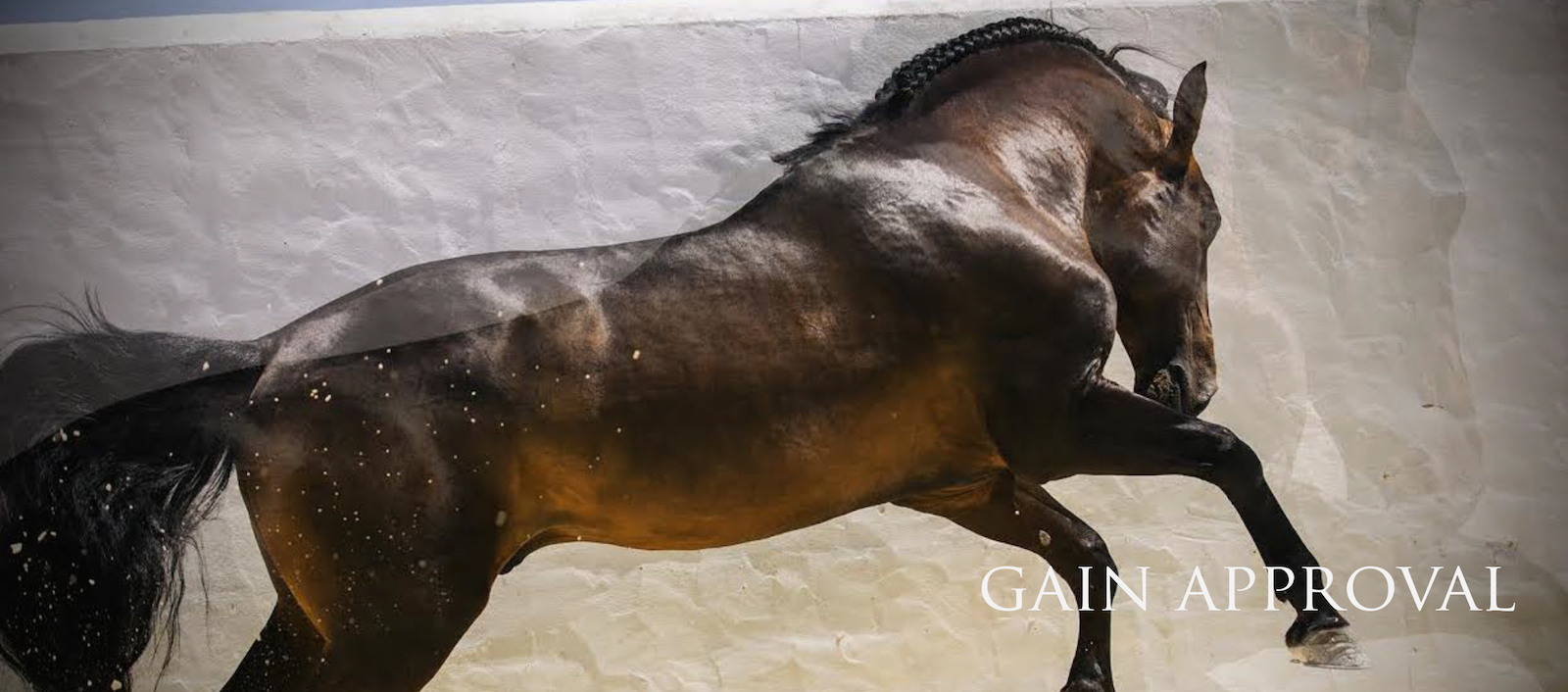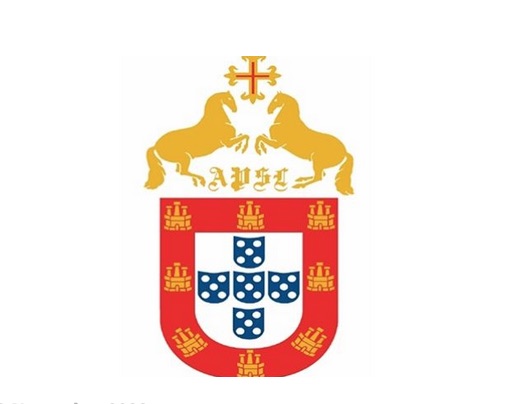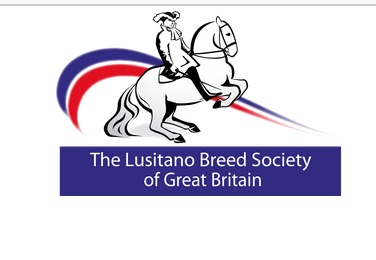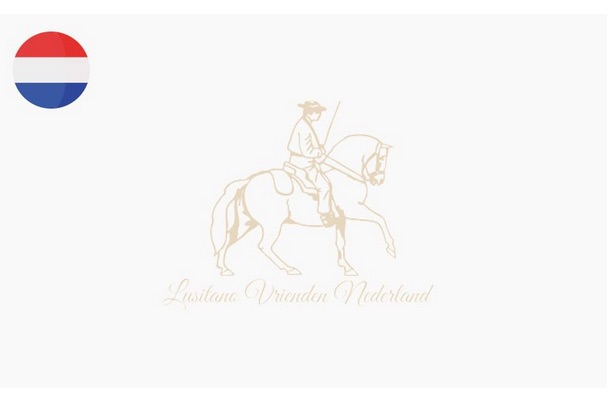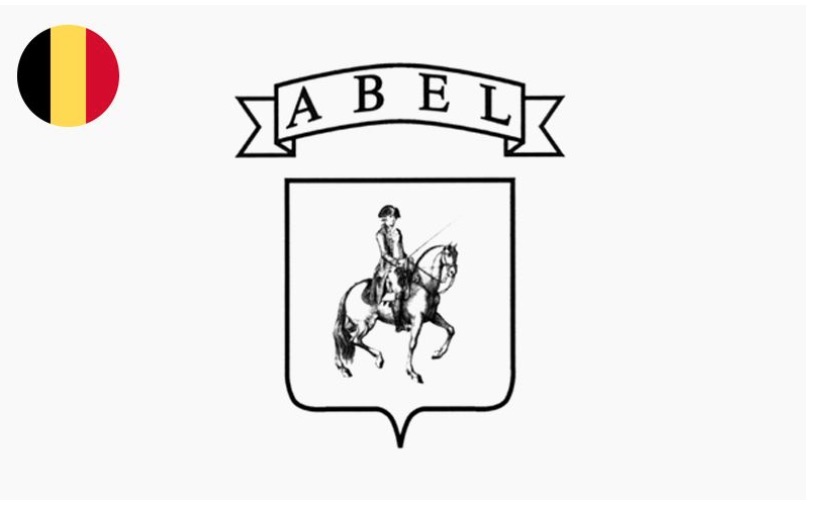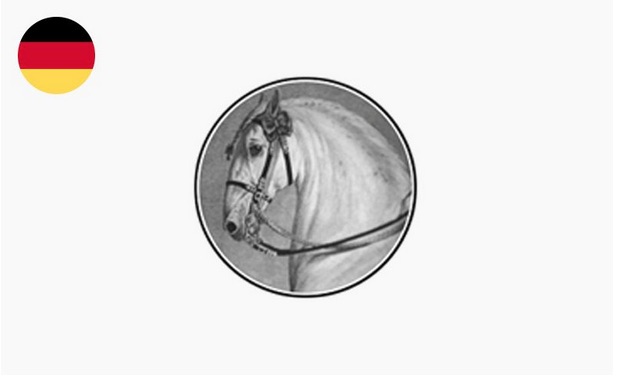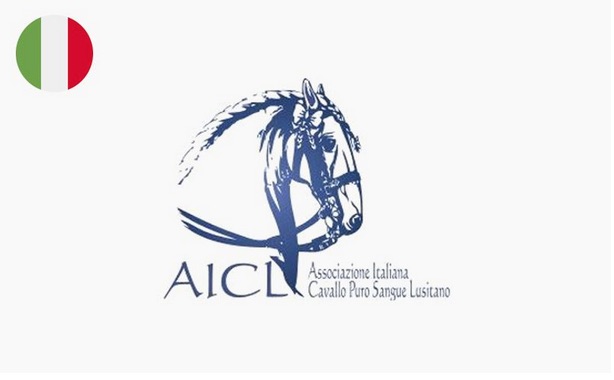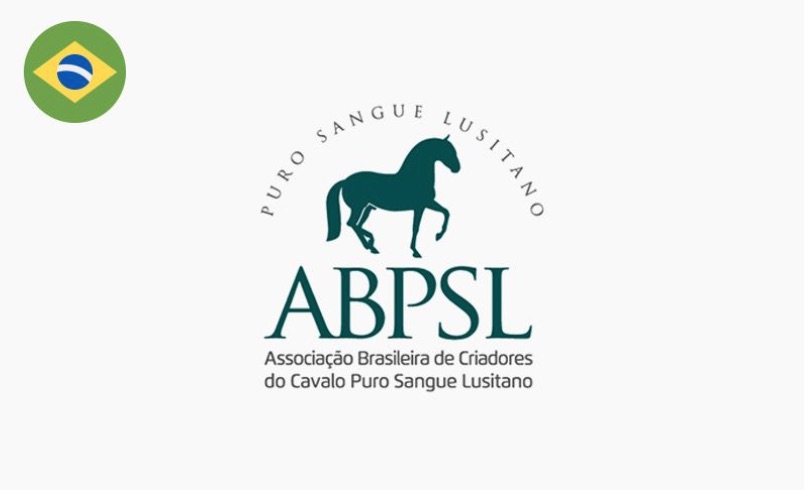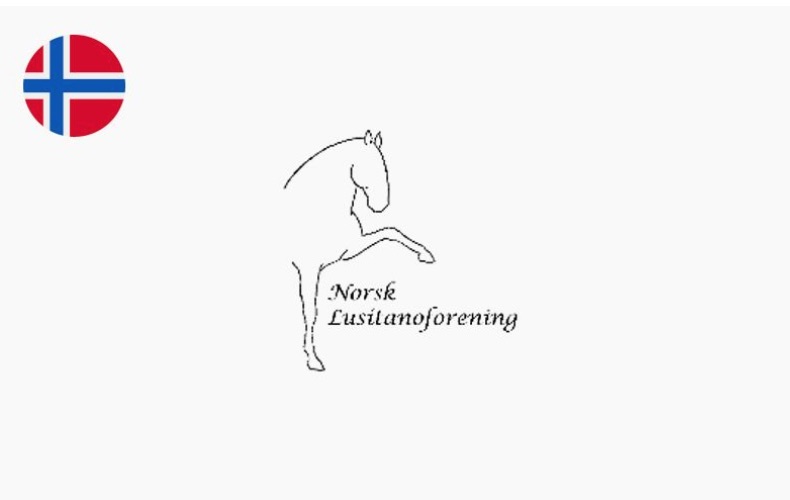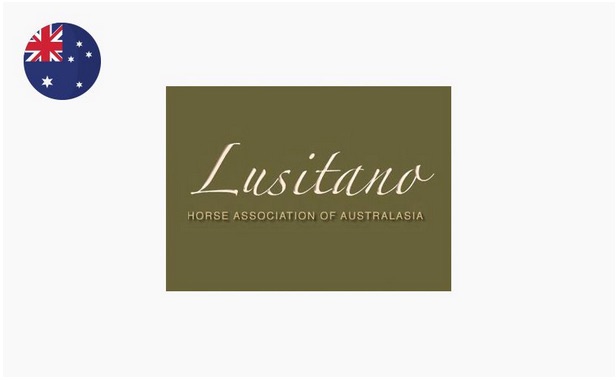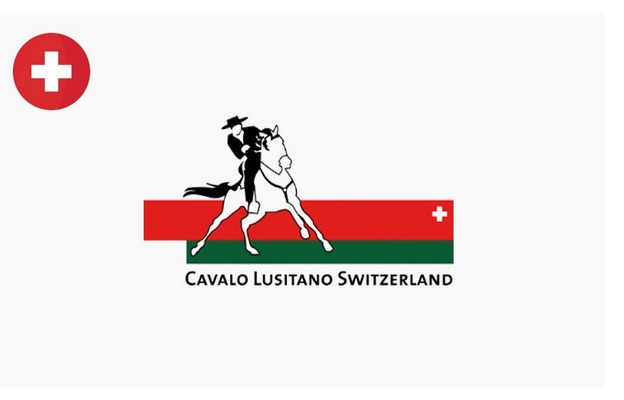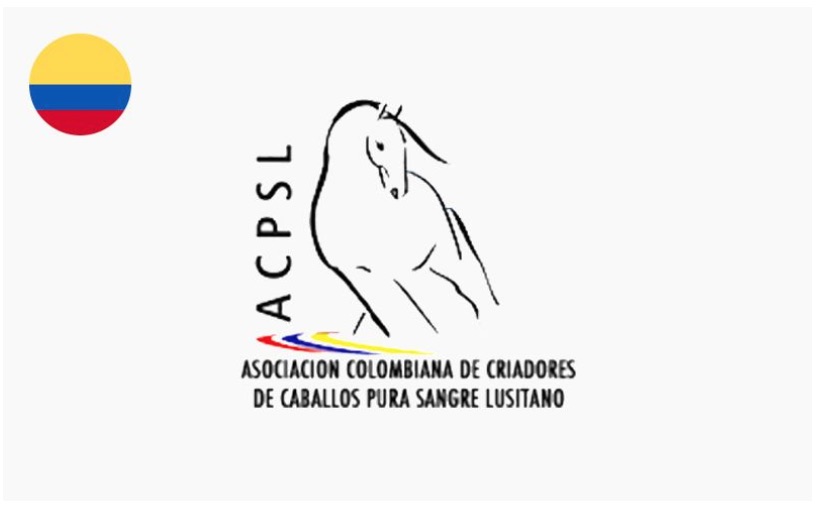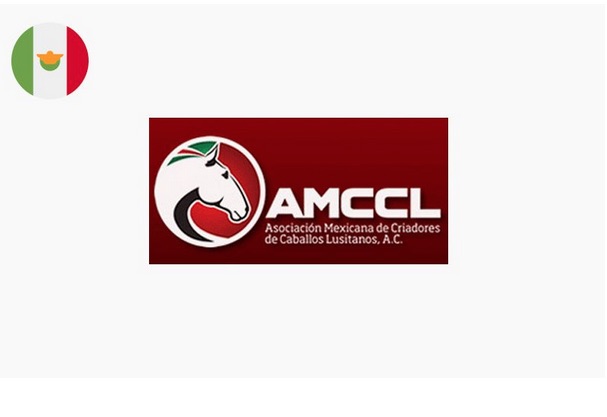REGISTERING AND APPROVING A LUSITANO
How do you know if a Lusitano is pure bred?
Many have made the mistake of assuming the Blue Book defines a Lusitano as a pure bred horse. But this is simply not the case at all. When you are looking to buy a Lusitano horse or start breeding project it is important to understand how the breed is registered and approved.
It is the registration in the APSL stud book (and in approval) not the blue book that denotes a pure bred Lusitano horse
THE BLUE BOOK
The purpose of this book is to act as –
- A passport for travel nationally and internationally
- A way to identify the horse
- To keep a record of the required vaccinations.
- The book must be with the horse at all times.
A cross bred Lusitano can have a blue book and in fact to be exported they have to have one. In Portugal many cross bred Lusitanos have a green book as it is cheaper and quicker to get. However should the owner wish to sell their horse to a buyer outside of the country a blue book must be obtained. To do this a vet needs to visit in order to registered the horse´s chip number, note distinguishing features etc.
The signed paperwork with proof of ownership etc and the payment is submitted to the APSL to issue the blue book. If you are waiting to export your Lusitano sometimes it is possible to pay an extra fee to express this service.
- Note all vaccines must be update in the blue book for travel.
Registering & Approving a Lusitano
A Lusitano is only classed as a Pure Bred Lusitano if it is registered with the APSL in the adult studbook. Both the parents have to be approved for breeding and registered. However a Lusitano can be registered in the studbook and not approved for breeding.
Note : A foal born, from un-approved and or unregistered parents, will not be accepted. If the parents are registered, but not yet approved after the foal is born, they have a certain amount of time to approve the parents.Should they fail their approval, the foal will not be classed as a purebred but instead as a cross bred.
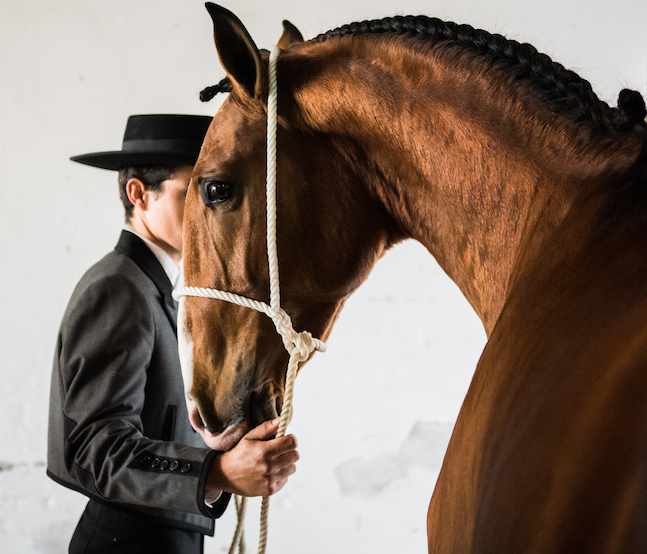
Image by Lena Saugen Photography
Bloodwork and DNA
The parents of the horse have to have been blood tested and/or have DNA taken, this is done at an approval or when the horse is registered. This ensures all offspring have proof of their parentage. Usually the blood is taken from the foals in the first year to identify them and their parents.
To look up a Lusitano and check he/she is registered as pure bred and is approved for breeding you need to have the following information
- The full name of the horse
- The name of the breeder
- NIN/Chip/UELN
One or all of these will ensure that you can search in the Public access to the Stud Book on the APSL website (https://www.cavalo-lusitano.com/en)
If the horse is registered they will be shown here will their details, date of birth, colour, breeder, owner and bloodlines.
Registering your Lusitano in Your Name
It is very important to register your Lusitano in your name and in the relevant country, when your are completing your purchase you and the breeder or individual your are buying from need to fill out the ownership transfer document. Here is the Link. You will also need from the seller a signature and agreement of transfer on a copy of his ID card. You submit the transfer document to your country association along with the fee they require. Liste at the bottom of this article are links to some of the International associations.
If your country does not have an association it is done through the APSL in Portugal.
Image by Rita Fernandes Photography
To approve a Lusitano for Breeding
it has to be approved by the APSL. Stallions, have to be shown at a grading show, which are organised by the APSL, and mares can be presented at home, in-front of an APSL committee.
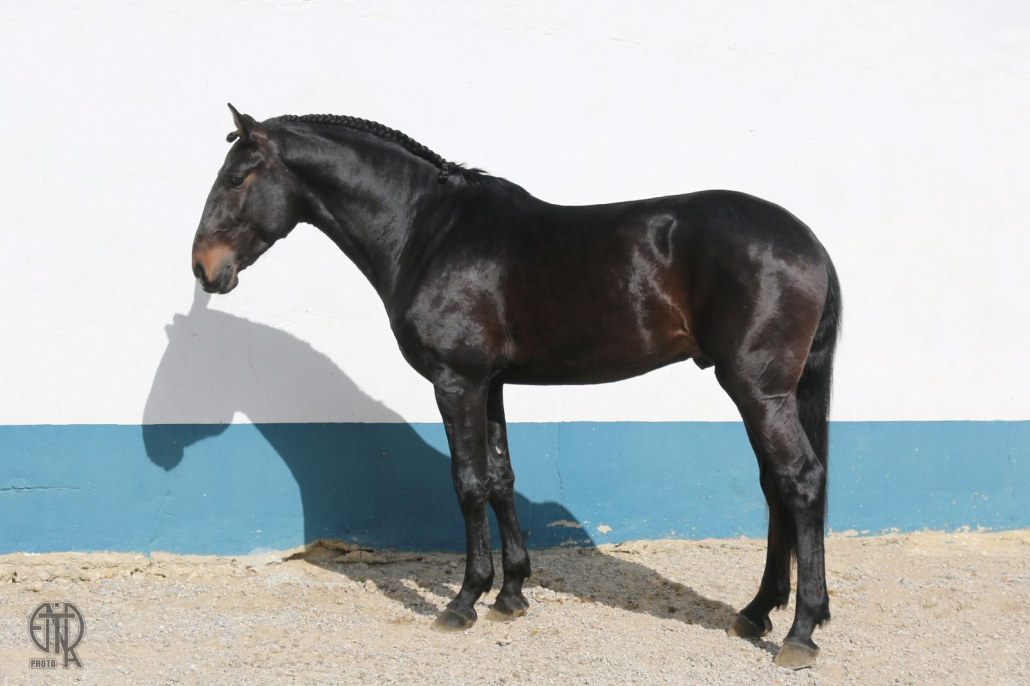
The Scoring Process
Stallions are ridden and shown in-hand and mares are just shown in-hand or sometimes loose. If the horse is approved, it will automatically be accepted and can be registered into the Adult Studbook. Stallions will also need to provide a semen sample to prove they are fertile, or have DNA results from an offspring.
- A purebred Lusitano is only classed as a Lusitano if it is registered with APSL
- The horses must have a minimum age of four years-old.
- The male horses are required to present a spermogram in order to validate the functional & morphological integrity of their genital organs.
- Cryptorchid (unilateral or bilateral) animals are not accepted in the Studbook.
Movement Assessment
In the first phase of the presentation, horses are show ridden. The assessors are looking at the natural gaits of the horse and not the level or quality of training. They will evaluate each horse in walk, trot and canter on both reins.
Morphology Assessment
In the morphological assessment. Each animal is graded against the standard characteristics of the Lusitano horse, accordingly to the table on below. Every part listed is marked out of 10 ( 10 being the highest score). Any are that scores less than 5 or two marks of 6 will prevent the horse from being approved for breeding and registered in the adult Stud Book.
The points awarded to some areas of the horse are subject to a co-efficient. Meaning they have a combined score. So for example if the chest is given 6 points, sijce it is combined with the back score which for example sake is also 6 multiplied together by a co-efficient of 1.5 giving the back a total of 9 points.
APSL – Portuguese Breed Association
Grading
In the grading, each horse will receive points, each point is equal to a score of 1-10, with some points being slightly more (see chart below). The maximum score is 100, a horse will only be approved if its scores do not include: three scores of 6, 2 scores of five, or one score of less than 5.
| Parts of the Horse | Points |
| Head and Neck | 1.0 |
| Shoulder and Withers | 1.0 |
| Chest and Ribcage | 1.0 |
| Legs | 1.5 |
| Croup | 1.0 |
| Back and Loins | 1.5 |
| Movement | 1.5 |
| Whole Form | 1.5 |
Approving Your Lusitano in other Countries
When you are looking to have your Lusitano approved outside of Portugal it will need to be in a country where they have an association and an approval system in place. Nowadays many countries have established super helpful associations that can offer you all the advice you need to approve your horse. Plus they run regular approvals during the year. See the bottom of this article for Associations.
Understanding what defines a cross bred Lusitano
A cross-bred Lusitano can have a couple of meaning –
- It is actually a Lusitano cross with another breed. There is now a new class of Lusitano which is a ´Luso Warmblood’ (Sport Lusitano) and this is a Lusitano crossed with another sport breed such as a warmblood.
- It is a Lusitano but one or both of the parents were never approved for breeding. This can happen if one dies before getting to be approved or the owner simply never took the horse for approval or they did and the horse failed to reach the grades required.
- If the Lusitano has never been registered
When you are buying a Lusitano you can easily check the registration online. The seller and or agent should provide you with all the details you need to check for yourself. If this is not forthcoming then we recommend you look elsewhere for a horse.

